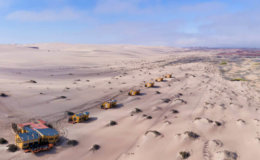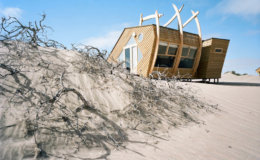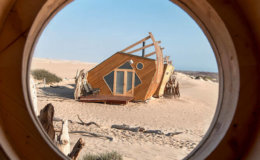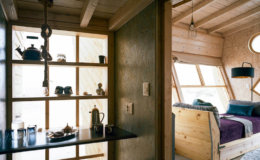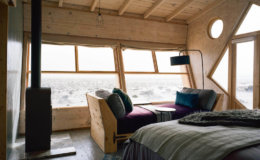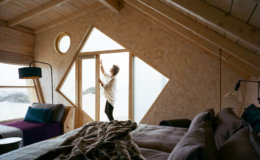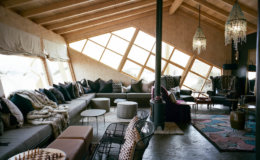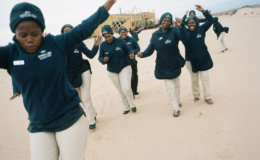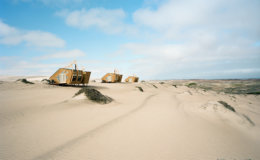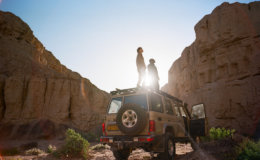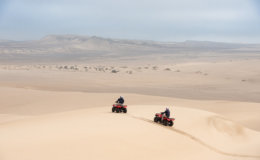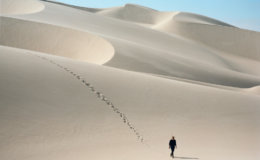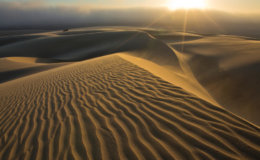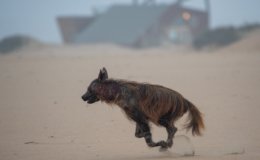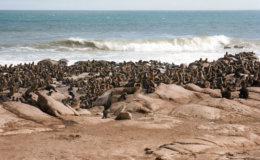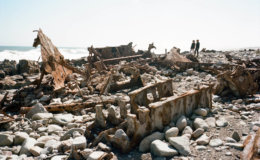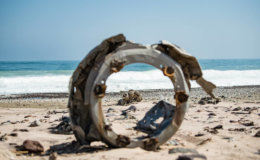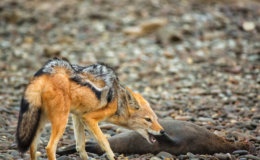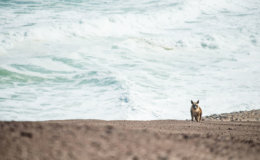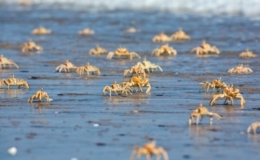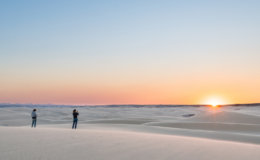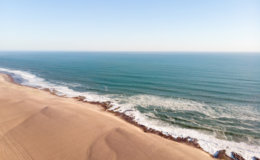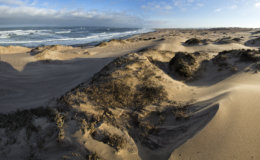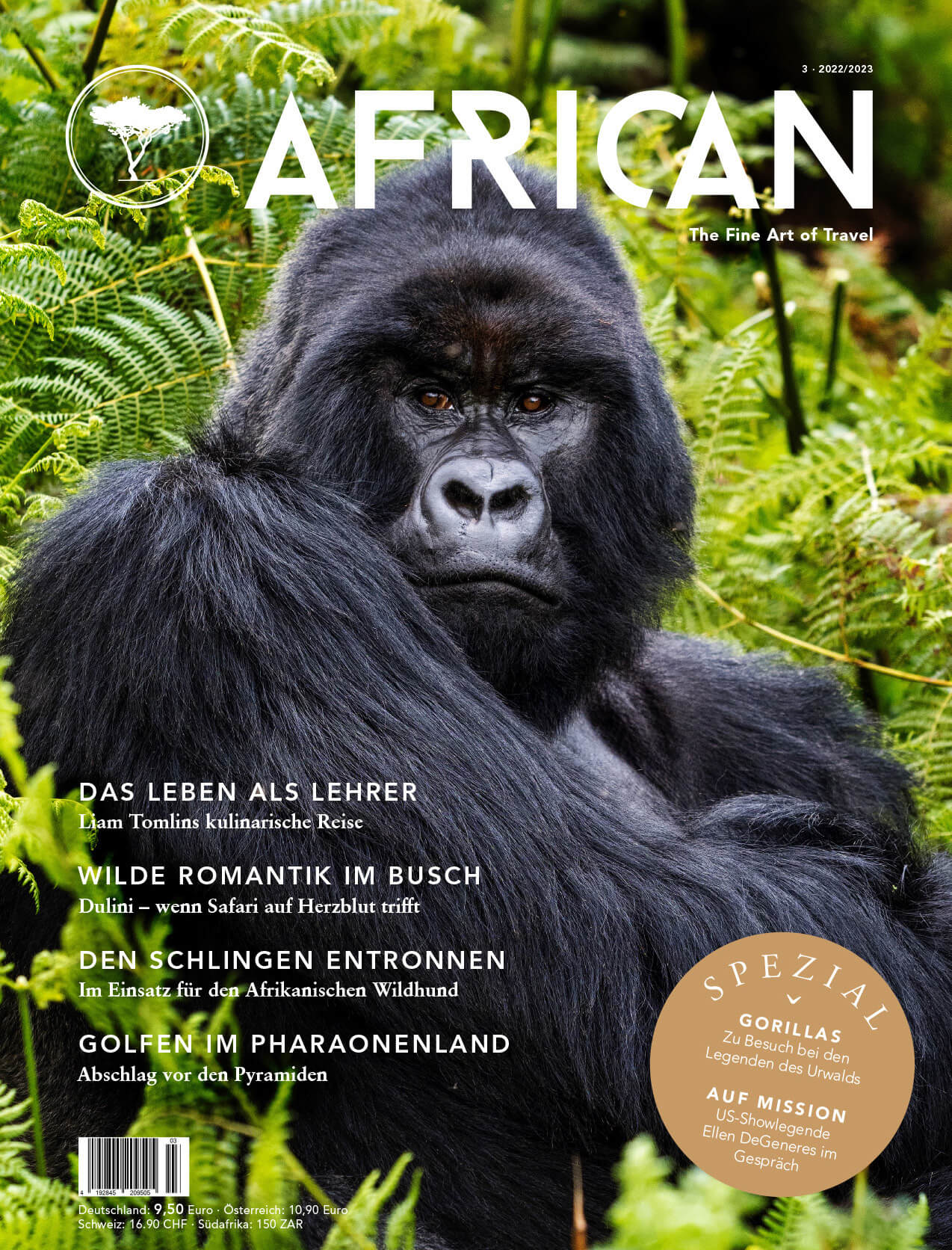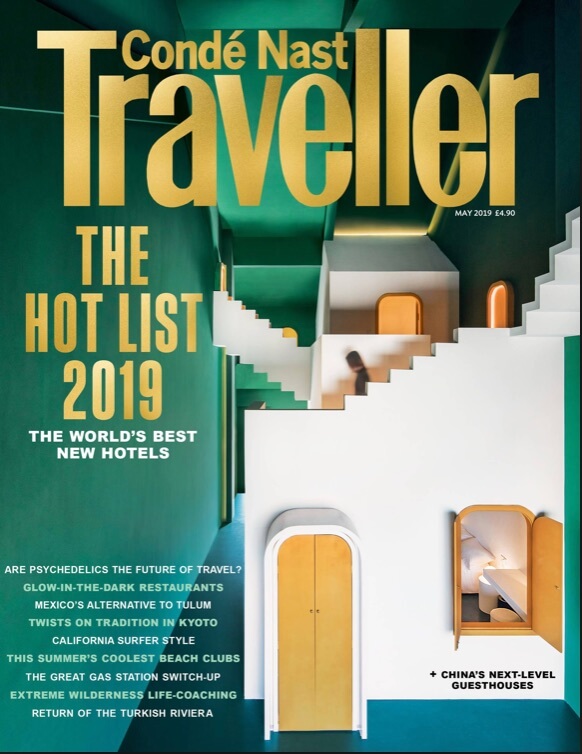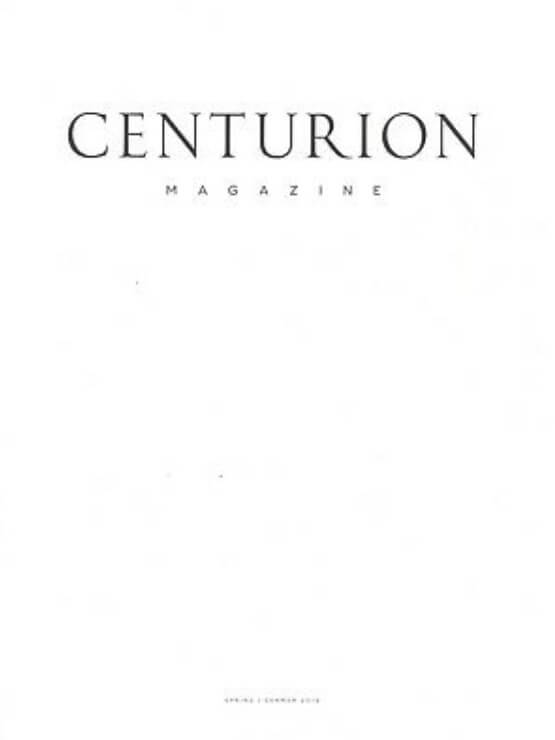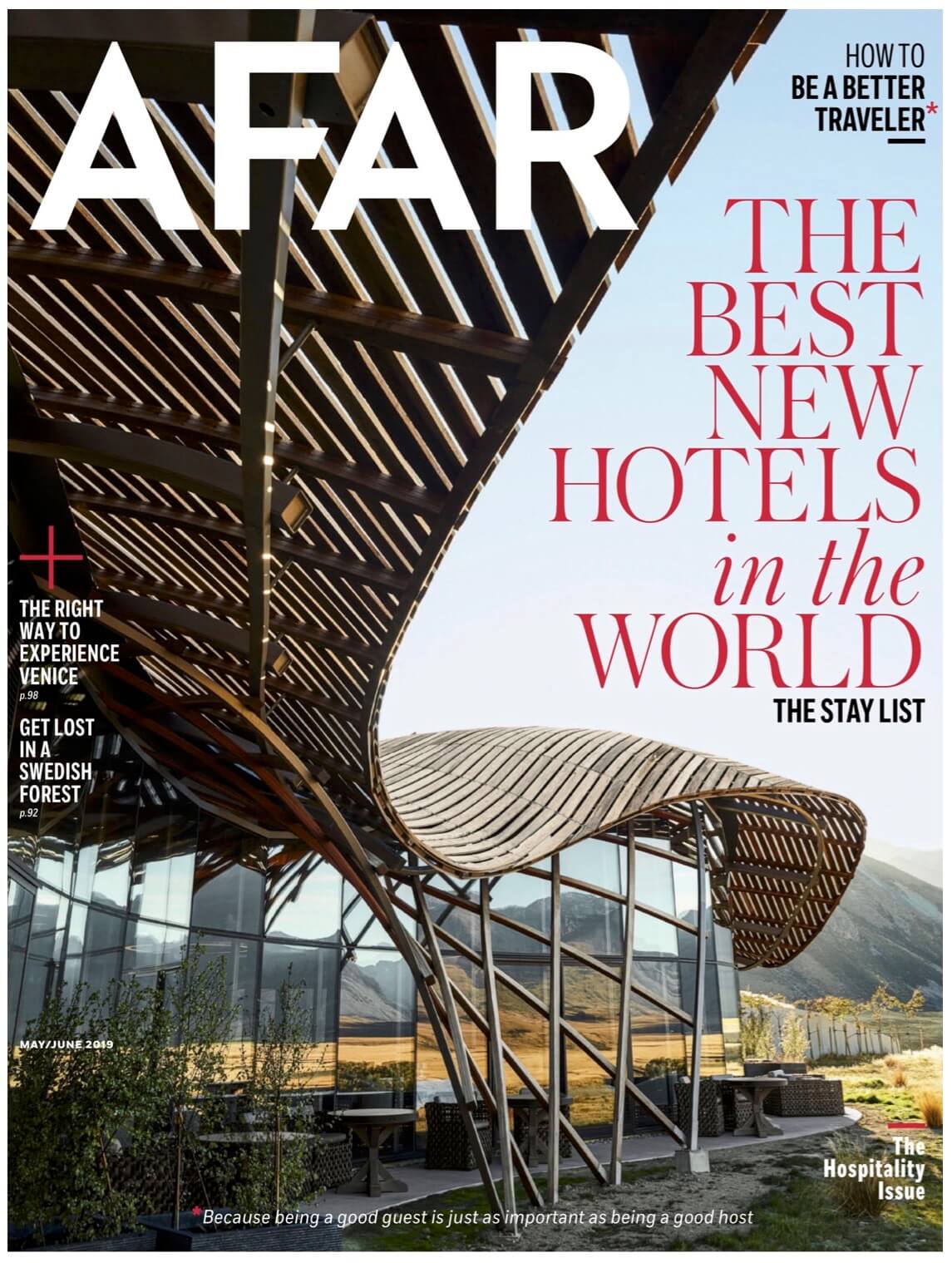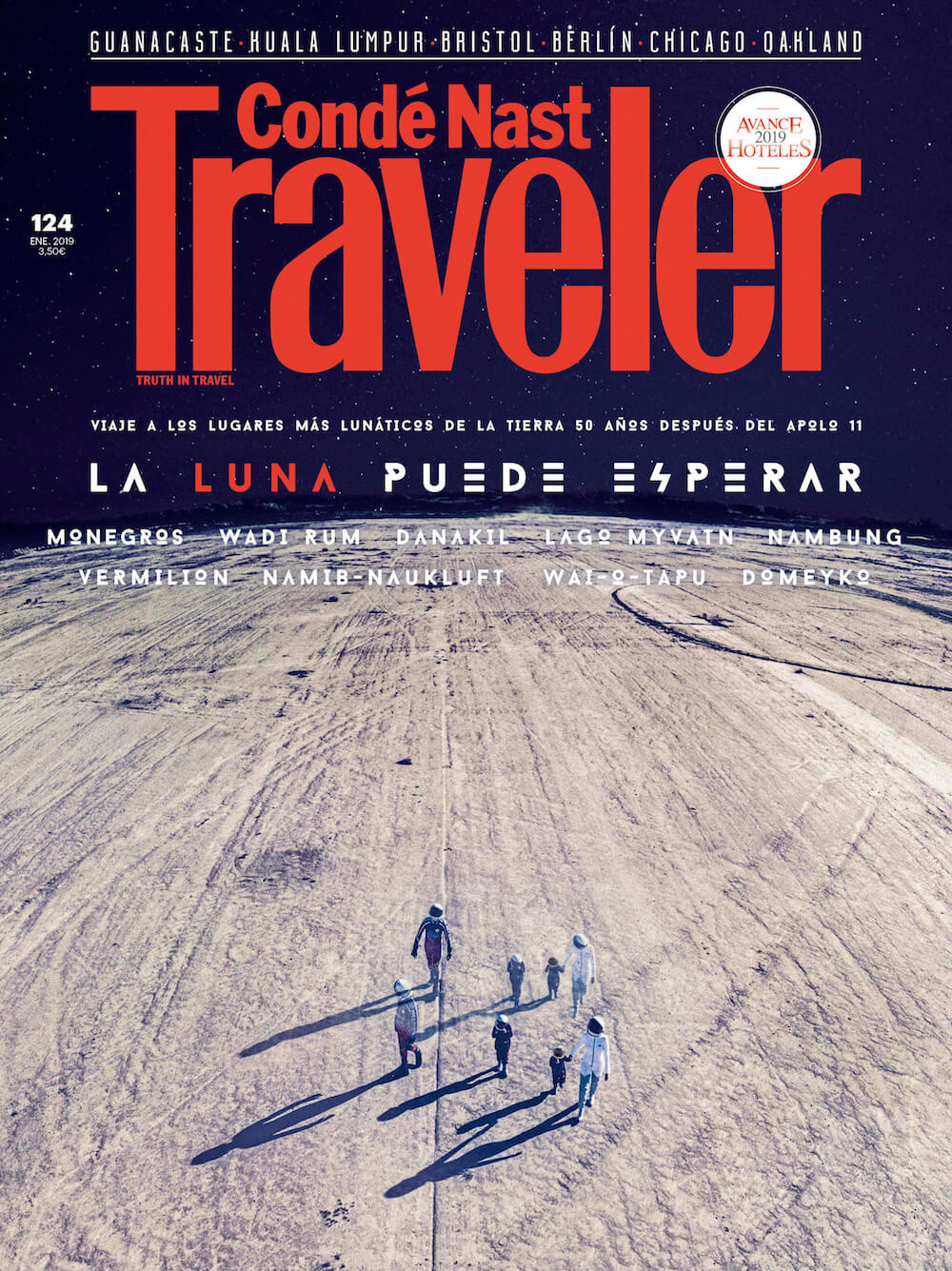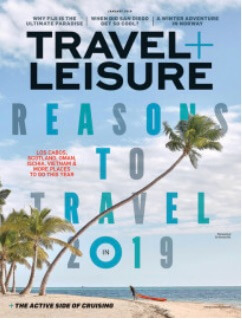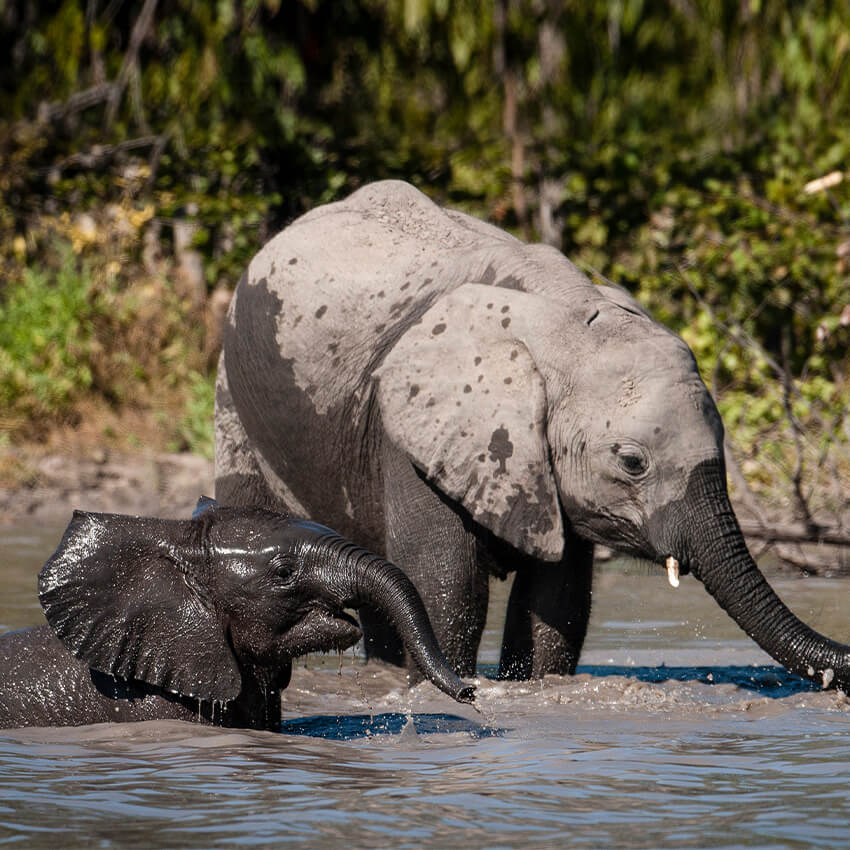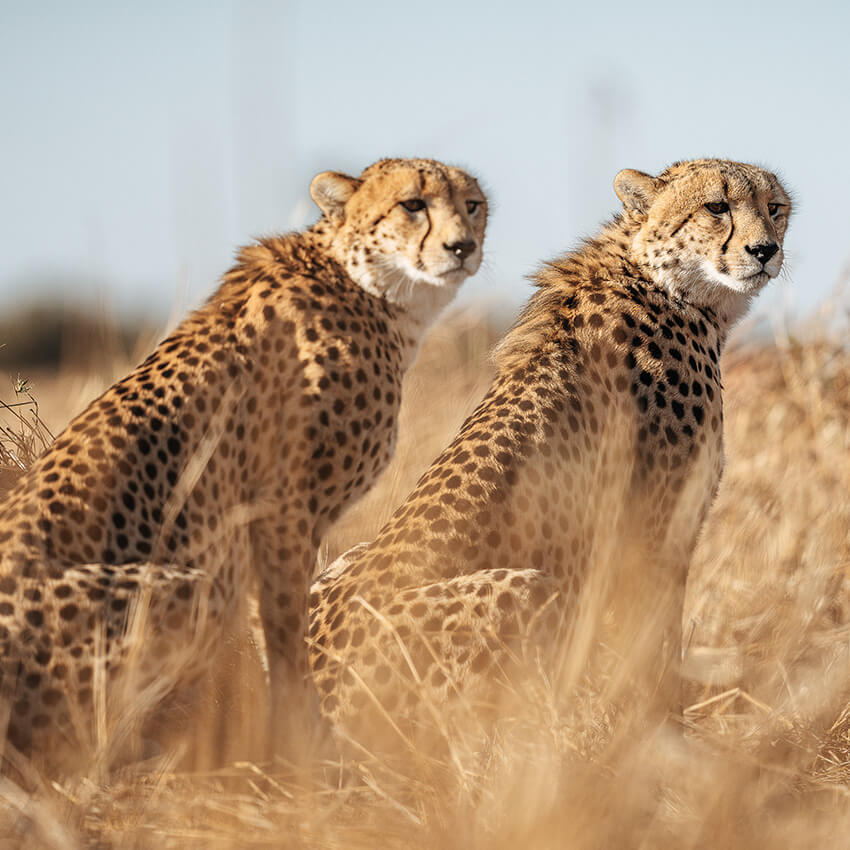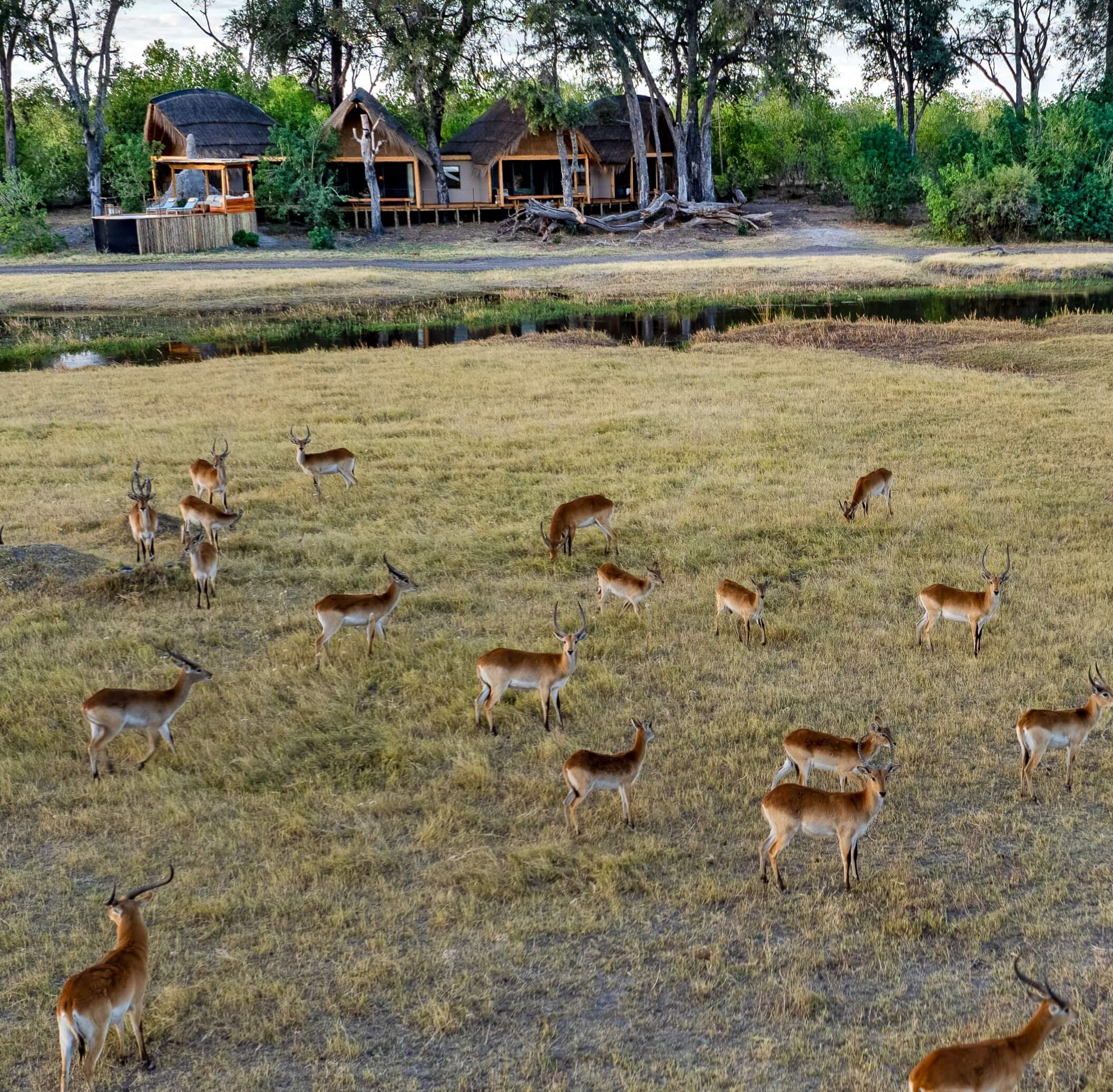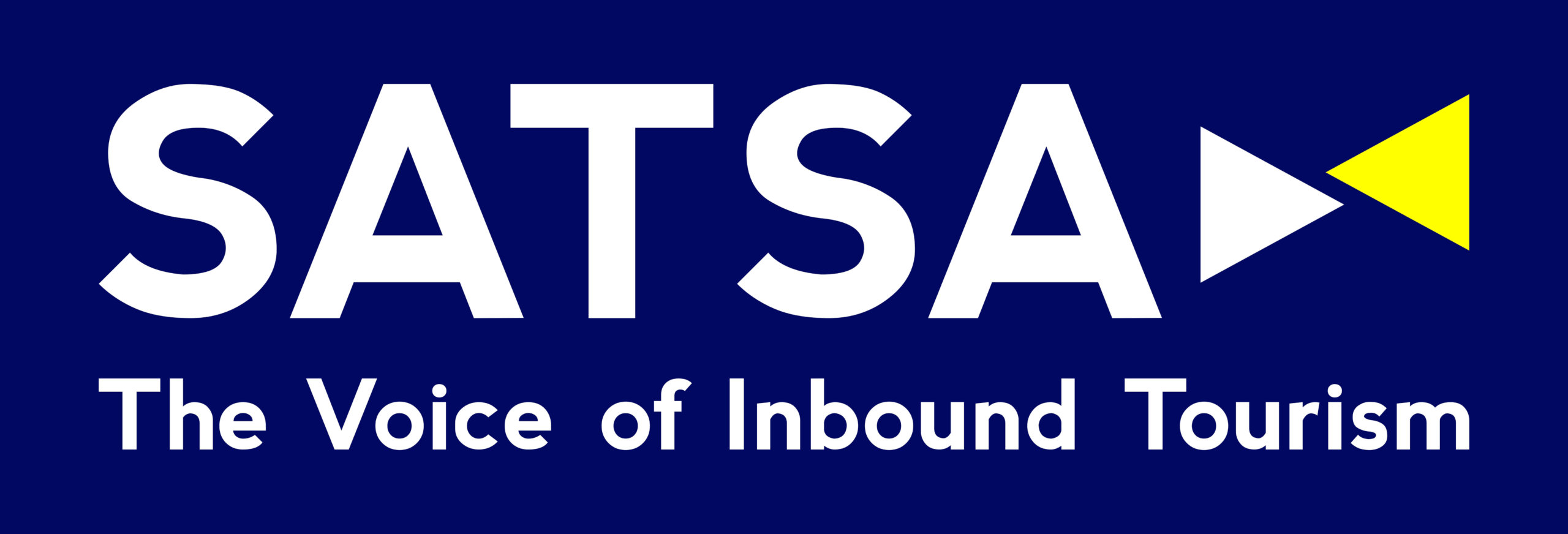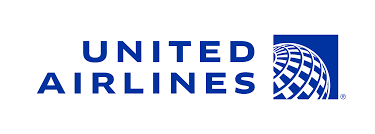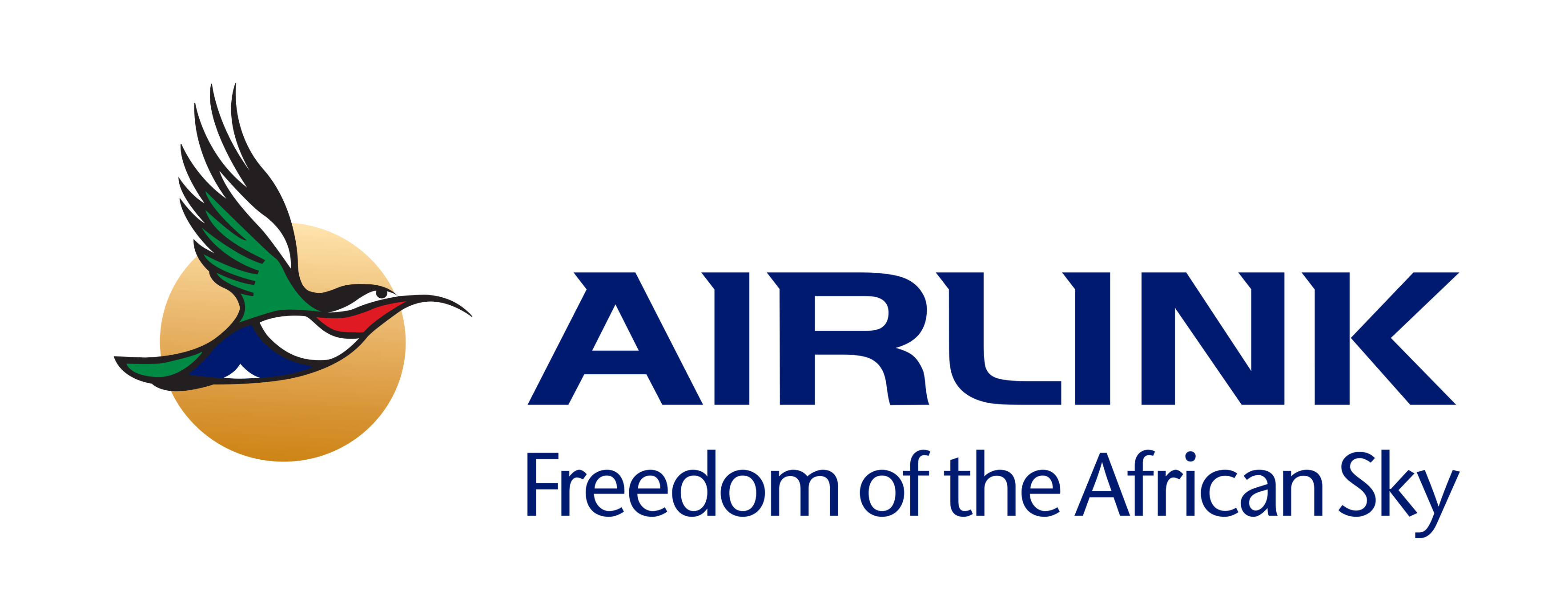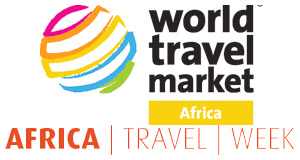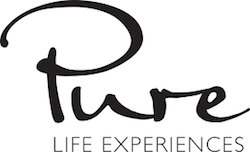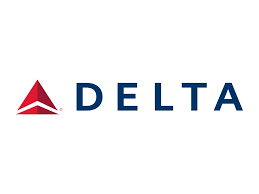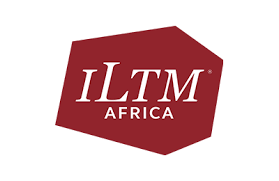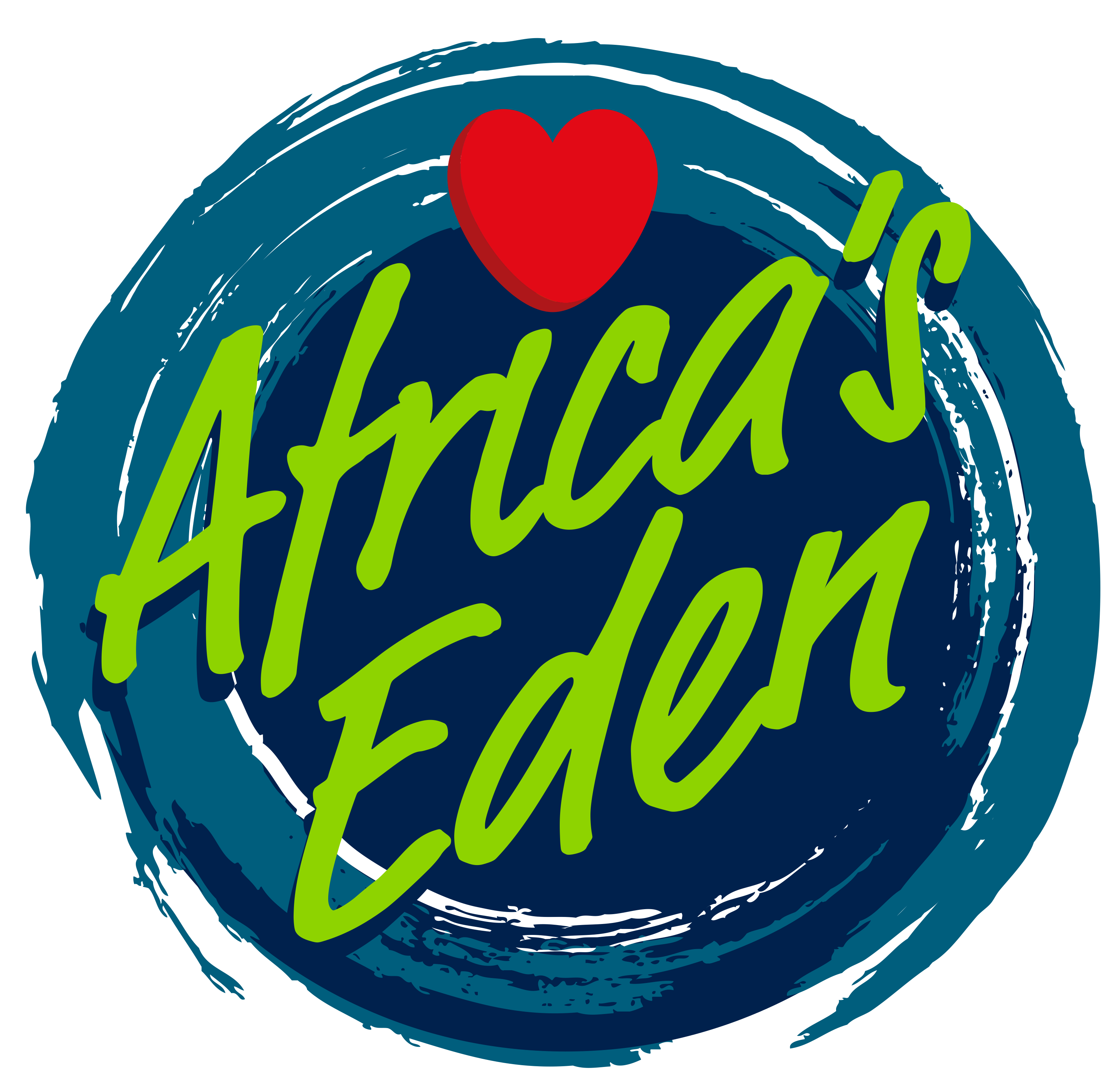
Landscape
The words ‘eerie’ and ‘mysterious’ are often bandied around when it comes to describing Africa’s most interesting locations, but the Skeleton Coast has to be one place that truly deserves the metaphors. Shrouded in mist, the jaw-droppingly beautiful National Park begins at the Uqab River and runs roughly 500 kilometres up the Atlantic Coast to the Kunene River. Described by the San Bushmen as ‘the Land God Made in Anger’, the beaches are strewn with bleached whale bones and the wrecks of over a thousand ships, and the interior is an uninhabited desert of rolling, endless sand. But it’s magical and hauntingly picturesque, and, in our books, that makes it an absolute must-see.
Shipwreck Lodge itself is located in an unrivalled spot in the Skeleton Coast Central Concession Area, a piece of land between the Hoarusib and Hoanib rivers. The lodge is within the Skeleton Coast National Park and roughly 45 kilometres from Mowe Bay. The area contains irreplaceable and vulnerable wildlife habitat for species of the highest conservation importance, including elephant and the elusive brown hyena. Importantly, it also hosts the only other viable lion population in Namibia outside of Etosha National Park.
Wildlife
The Skeleton Coast is an area known for its extraordinary landscapes and wildlife sightings are rare – but when do you spot something, it’s a magical experience. First up are the desert-adapted elephant, digging deep beneath the sand for the last vestiges of water. Then, making use of the wells left behind by the pachyderms are giraffe, lion and baboon, and perhaps even a brown hyaena or two, but sightings are rare. There are also thousands of plants and insects that flourish in the sand, surviving from the moisture of the cold fog that drifts inland from the ocean. Incredible stuff – but that’s not all. Marine life positively thrives, feeding off the nutrients in the Atlantic, and the most iconic species are the Cape fur seals that line the rocky shoreline in large colonies. Birdlife is also prolific and you should most certainly pack your binos for Rüppell’s korhaans and Benguela long-billed larks. Further toward the coast, you should also be able to spot tractrac chats, as well as jaegers and skuas around the seal colonies.

